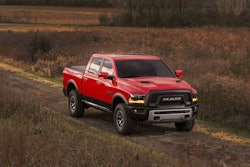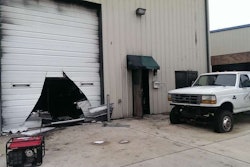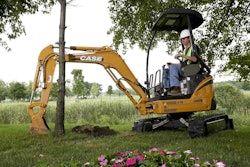
UTV/side-by-side manufacturer’s product experts tell owners the primary guide for all maintenance is served up in the machine’s owner’s manual. Regardless of the use or the season, all agree the owner’s manual is the go-to source for their mechanical care and feeding.
However, those same experts say there are certain keys to keeping such machines operating at the highest level during the winter season while minimizing downtime.
Here is a compilation of those tips from the service techs at Bobcat, Polaris, John Deere and Yamaha related to winter UTV maintenance:
1. Use fuel conditioner: The diesel fuel conditioner will keep the diesel fuel from gelling, and the gasoline stabilizer will keep the fuel in the lines from freezing. Use a winter blend (or “clear”) fuel when available in addition to the conditioner or stabilizer.
2. Flush cooling system: Do it at least every two years. Check it before every winter season to make sure the fluid is clean and fresh looking with the proper concentration of anti-freeze.
3. Check air filter/PVT: Periodically check the air filter and pull the plug on the PVT cover as fine snow dust can be sucked into the intakes when operating in snow. (If the machine is being stored for the winter, remove the PVT belt.)
4. Battery maintenance: Check fluid levels monthly. Only refill with distilled water. Use a digital battery maintainer to check and keep in top condition.
5. Seasonal fluid change: During use in the summer months, the vehicle’s fluids are exposed to moisture, which can build over time and degrade the fluids leading to corrosion- and lubrication-related failures. This makes it very important to change the vehicle’s fluids in engine, gearcase and diffs headed into the winter season.
6. Engine oil: Follow the owner’s manual guidelines on changing from summer to winter oil viscosity. A 5W30 is typical for winter use.
7. Post-work cleaning/inspection: At the end of the shift, remove all sticks, vines, mud, snow and ice build-up from driveline moving parts; frozen mud and ice build up around driveshafts and CV joints will lead to drive line failures such as CV boot tears and U-joint failures.
8. Air filters: Foam type air filter elements require a foam filter oil be applied after cleaning to operate properly. Do not use regular engine oil, because it lacks the suspension qualities of a foam filter oil and will settle to the bottom of the element over time, leaving parts of the filter dry and exposed.
9. Engine warm-up: If the engine is not allowed to reach its normal operating temperature, excess fuel and moisture can build inside the engine leading to oil contamination and possibly a lubrication-related engine failure. It’s recommended to allow the engine to reach full operating temperature to allow evaporation of any residual fuel and moisture from inside the engine.
10. Oil change intervals: If the vehicle usage pattern includes repeated short-engine run cycles, with no ability to run the engine up to its normal operating temperature, more frequent engine oil and filter change intervals should be considered.
EDITOR’S NOTE: Bruce Smith is a senior editor at Randall-Reilly.










